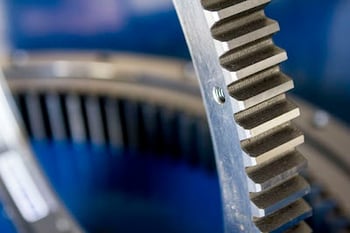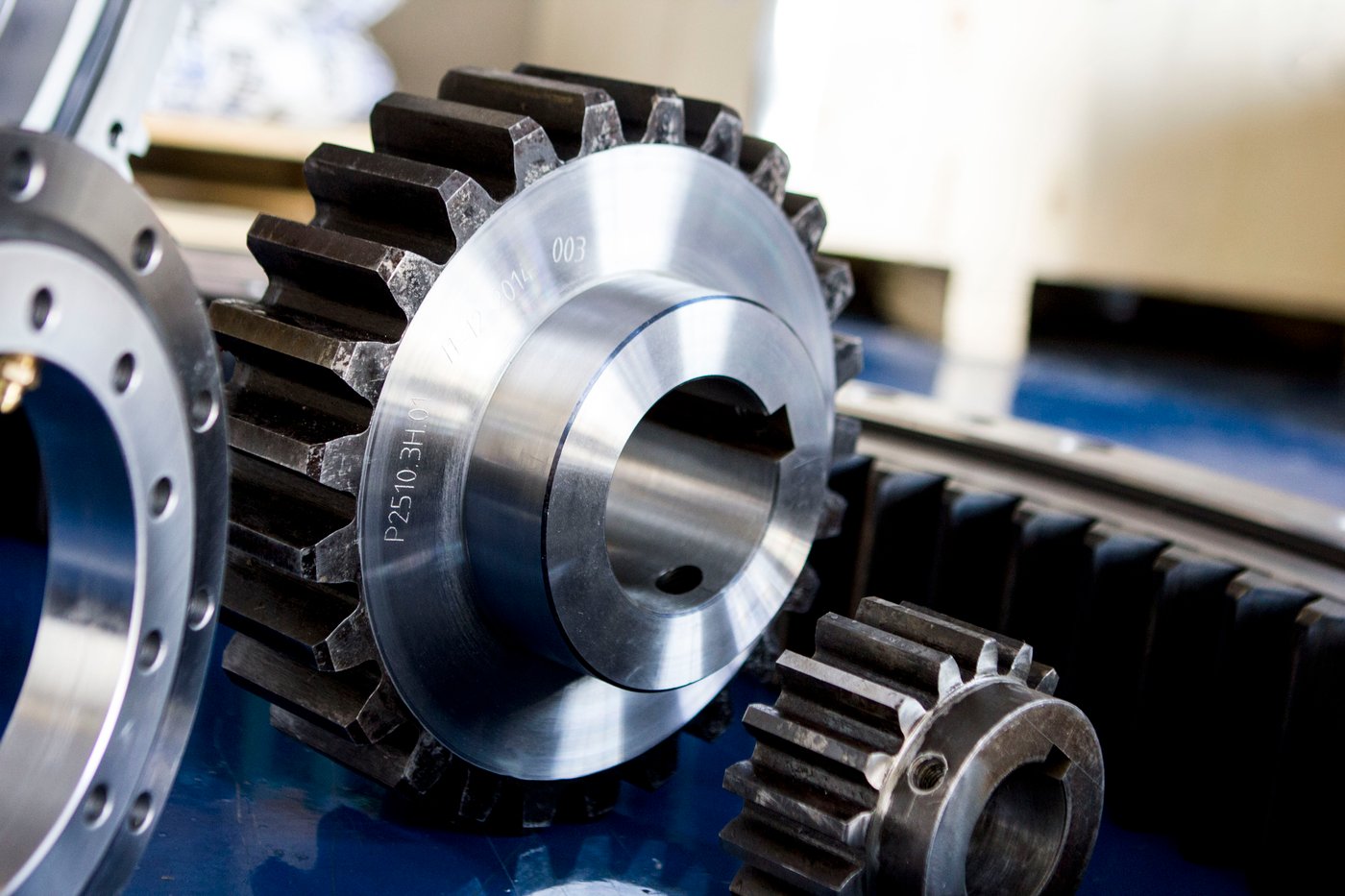 There are several vital design components of a crane, including slew ring bearings. These bearings allow the crane to rotate 360 degrees, while sustaining the load of the crane and associated weights, including the payload and counterbalance. A failure of the slew ring bearing would result in an operational breakdown that could end in catastrophe.
There are several vital design components of a crane, including slew ring bearings. These bearings allow the crane to rotate 360 degrees, while sustaining the load of the crane and associated weights, including the payload and counterbalance. A failure of the slew ring bearing would result in an operational breakdown that could end in catastrophe.
Other potential outcomes of crane failures include increased replacement and maintenance costs for your business. Luckily, there are several ways in which you can assess and prevent potential failures from occurring. One of those methods is condition monitoring.
What is Condition Monitoring?
Condition monitoring is a testing method that allows a company to uncover how the specific bearings being tested are performing while the machine is in operation. As a result, potential equipment failures can be detected early on and remedied well in advance. For slew ring bearings, purged grease is analyzed.
Carefully thought out and documented sampling techniques are a must for condition monitoring to be successful. Inadequate condition monitoring procedures can provide companies with a false sense of security that can land said companies in a dangerous position down the line. Proper sampling of used grease will not only compliment your other monitoring strategies, but also shed light on the actual condition of your bearings.
First, you’ll want to perform a standard grease analysis. This test with provide insights into the batch consistency of your grease. However, a standard grease analysis will not provide you with the full picture and must be supplemented with additional tests. You will want to also conduct tests that identify the presence of contaminants within the grease samples. Generally, a bearing’s grease will accumulate a variety of materials due to the following factors:
- General operation
- Overload
- Fatigue
It is recommended that companies test six to eight sampling locations per bearing. The results should then be trended. Your company will be able to see an accurate visual representation of your specific bearing’s performance and pivot if necessary. If deterioration is present, it will be shown through the trend report.
Visual inspections should be utilized as well. Generally, if you can see a crack or other defect, you’re already in need of a repair, but it’s good to cover your bases regardless. You can never have too much monitoring, especially if it prevents catastrophes from happening.
Condition monitoring will allow your company to catch potential failures in their infancy. From there, your company will be able to remedy current risks as well as create systems centered around preventing risks from occurring in the first place.
Do you have a condition monitoring plan for your cranes or other heavy machinery? Tell us about it in the comments.





